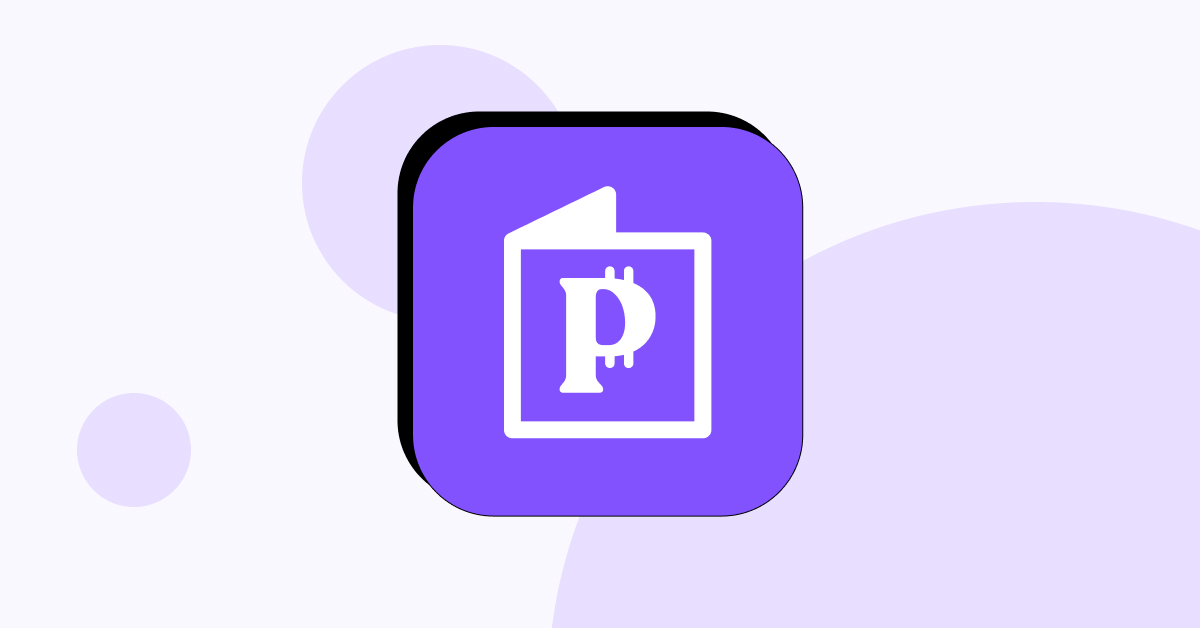The main goal of any supply chain is to move a product from its point of origin to the end user. Advancements in technology and security have increased people’s desire to shop online. This upsurge has resulted in increased revenue for eCommerce companies such as Amazon. It has also resulted in an opportunity for people to make money by running an eCommerce business with zero inventory on hand and not fussing about bottleneck orders by utilizing Amazon dropshipping.
What Is Dropshipping?
Dropshipping is an eCommerce business model where the seller works with “virtual inventory storage” as they don’t store any physical inventory or ship ordered goods to the end user. As the dropshipper, you market the sold products as your own, and you’re responsible for forwarding the customer’s order details directly to the manufacturer, supplier, or distributor. The manufacturer or supplier then ships the goods directly to the buyer.
With over 2.4 billion monthly site traffic and over 310 million projected active users, dropshipping on Amazon, the world’s largest eCommerce marketplace, works stupendously. By utilizing Amazon, you can eliminate the cumbersome tasks of marketing and SEO. Amazon also has a religiously loyal fanbase with over 160 million prime members to entice.
Amazon dropshipping can be a lucrative money-making juggernaut that requires little investment to start up. This fact, of course, means many people are always trying to hop onto the bandwagon. With stiff competition lurking on every corner, it’s vital to understand all the ins and outs of dropshipping so that you’re always one step ahead of the pack.
Amazon Dropshipping Rules
Amazon allows dropshipping so long as you meet the conditions explained in their dropshipping policy. Here are the requirements you should adhere to:
- You must clearly identify yourself as the seller on all invoices, packing slips, external packaging, and other items included with the purchased product.
- Don’t include third-party wholesalers, suppliers, or manufacturers in product packaging materials or Amazon store product descriptions.
- As the seller, you accept and process all customer returns.
- According to the seller agreement and other applicable policies, you must comply with Amazon’s Terms of Service.
Further to this, to promote fair business practices, the following forms of dropshipping are strictly prohibited on the platform:
- Purchasing products from another online retailer, such as Walmart, and having them ship the orders directly to customers with their own branding.
- You must not include invoices, external packaging, packing slips, or other related information with a seller’s name or contact information other than your own.
Failure to adhere to these requirements will result in your Amazon seller account being suspended, causing you a loss of income.
Main Steps to Start a Dropshipping Business on Amazon
Before you can start dropshipping on Amazon, you’ll need an Amazon seller account. There are two types of seller accounts you can get:
- Individual Seller Account
- Professional Seller Account
With an Individual Seller Account, Amazon will charge you $0.99 for each sale. However, this account is limited to only selling 40 items or less per month. The Professional Seller Account comes with a monthly subscription fee of $39.99. You can sell more than 40 items a month, and Amazon will not charge you for each item you sell. The good news is that no matter which account you choose to start with, both accounts will enable you to make money dropshipping on Amazon!
Once you complete the admission work and your account is up and running, here are the main steps to initiate your dropshipping business on Amazon:
1. Identify Your Niche Products
Business success in any industry means bringing loads of cash into the bank account. The first step after setting up your Amazon account is to identify niche products that will not only ensure the survival of your business but also ensure that it thrives and rakes in profits. The last thing you want for your business is “virtual aisles” stacked with inventory that no one wants to buy. The key is to identify niche products in high demand, and you need to do this before the competition does.
The best way to achieve healthy profit margins is to target products with mid-range prices, such as $20 to $30. This price range is ideal since Amazon charges a fee for using their platform. Products in this price range can help you rake in marginal sales figures of at least 100 per month. You can utilize the Best Seller Rank (BSR) feature on Amazon to view a product’s performance figures. You can identify your niche products manually or use any of the numerous reliable online tools.
2. Find a Suitable Dropship Supplier
Finding a dependable supplier that allows dropshipping is imperative to avoid bottlenecks in your supply chain and defective products. Since competition is fierce regarding the dropshipping gig, the last thing you want to see on your supply line is substandard products and delayed or postponed shipments.
One of the most preferred sites for dropshipping suppliers is AliExpress. This website is a great networking hub for eCommerce businesses to connect with suppliers that allow dropshipping. By creating an account on AliExpress, you can search for the products you want to sell and the best suppliers based on tags such as supplier ratings, customer reviews, product price, shipping insurance, options, and expected delivery times. If AliExpress feels like diving into murky waters, a simple Google search followed by contacting the company via its website can also suffice.
Once you’re happy with the supplier, you need to reach a written agreement, acquire product details and images and generate a listing on Amazon.
3. Create a Product Listing on Amazon
Once you have identified your niche product and a dependable supplier to cater to your orders, the next step is to generate a listing. Log into your Seller Central account and locate the Inventory menu, and you’re ready to start using the “Add product” icon. Once the Add a product page pops up, select “Create a new product listing.”
When setting a price for your product, always remember that price is king and consider Amazon’s fees. Depending on the category, Amazon charges a referral fee for every product sold. These referral fees range anywhere from 8% to 15%. Once you populate your product listing, you can ¿save changes to complete the listing process. Your listing will become active afterward, and you can start making some sales!
4. Promote Your Products
To avoid a stagnant product listing, learn how to optimize it and keep generating sales revenue. Research shows that millions of customers go through Google every hour and search for products directly on Amazon. The simplest and quickest way to enhance your product listing is to utilize Amazon pay-per-click adverts (PPC ads). To increase your viewing traffic and sales, you need to create keywords that generate higher search volumes on your products.
Unfortunately, the tools used to create keywords come at a price. If your goal is to promote your products without spending serious cash, then going the route of podcasts, social media, or blogging might pay off if you have a large number of followers.
5. Promptly Process Sales
Once a customer purchases one of your listed Amazon products, you must step into your “virtual warehouse” and ensure the actual product is shipped to the customer. As the middleman or middlewoman between the real supplier and customer, it’s your responsibility to forward the buyer’s details to your selected dropship supplier to facilitate product shipment.
This process can be handled manually or accomplished using automated tools. Once again, these automated tools are not free of charge, and if your goal is to get every cent into your pockets, manually handling this process will be the wisest course of action until your sales figures rise.
Also, keep in mind that once the product leaves the warehouse, there’s a chance the customer might return it. This aspect means you need to be ready to accept and process the returned product, and this is where having dependable suppliers is vital.
Conclusion
Dropshipping on Amazon is the best way for virtual suppliers to thrive on. Unfortunately, the more you put in, the more you get out, meaning that you must be ready to spend some cash upon startup so that your dropship Amazon business can take off and flourish.
While waiting for customers to pick their products, you can earn extra revenue via Pawns.app internet sharing. This website is one of the go-to places online to fill in surveys and earn that extra cash you might need to pay off your credit card on Amazon. It won’t turn you into the next Elon Musk, but it’s a legit, trustable way to earn extra cash while you wait for your Amazon dropshipping business to grow and thrive.
FAQ
Do You Need Money to Dropship on Amazon?
With any business, you require some capital for a startup. If you want to start as close to minimal or no money invested whatsoever as possible, sign up for an individual seller account, but bear in mind, they charge $0.99 per product sale.
Unfortunately, it’s highly unlikely that you can dropship entirely for free. Some upfront costs will include potential basic business costs, licenses, and purchasing the products on your customer’s behalf before Amazon releases the funds.
Is Amazon Dropshipping Profitable?
Amazon dropshipping is a low-entry-barrier eCommerce model that requires minimal initial investment. If executed efficiently, this Amazon business model readily transforms into a very profitable venture.
Amazon dropshipping can be profitable if you thoroughly know how to navigate your way through the business process, know what products to sell, how to select suppliers, and understand Amazon’s fee structure.


